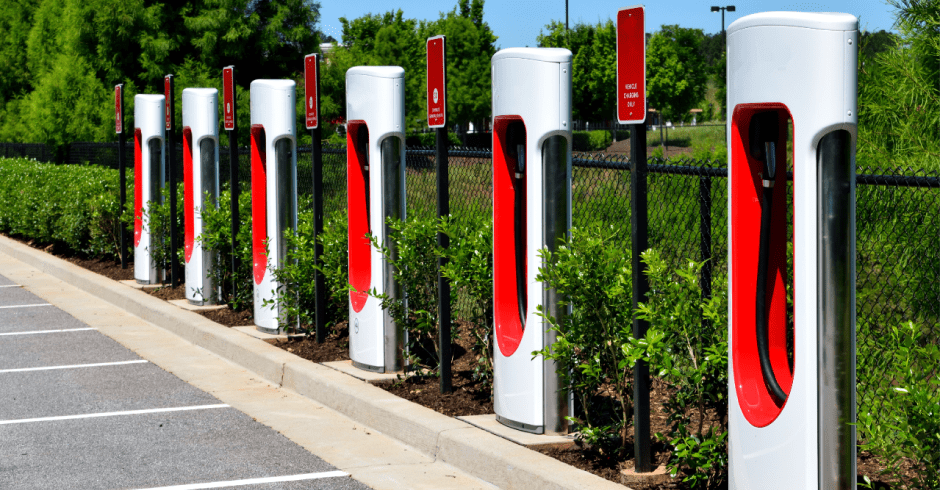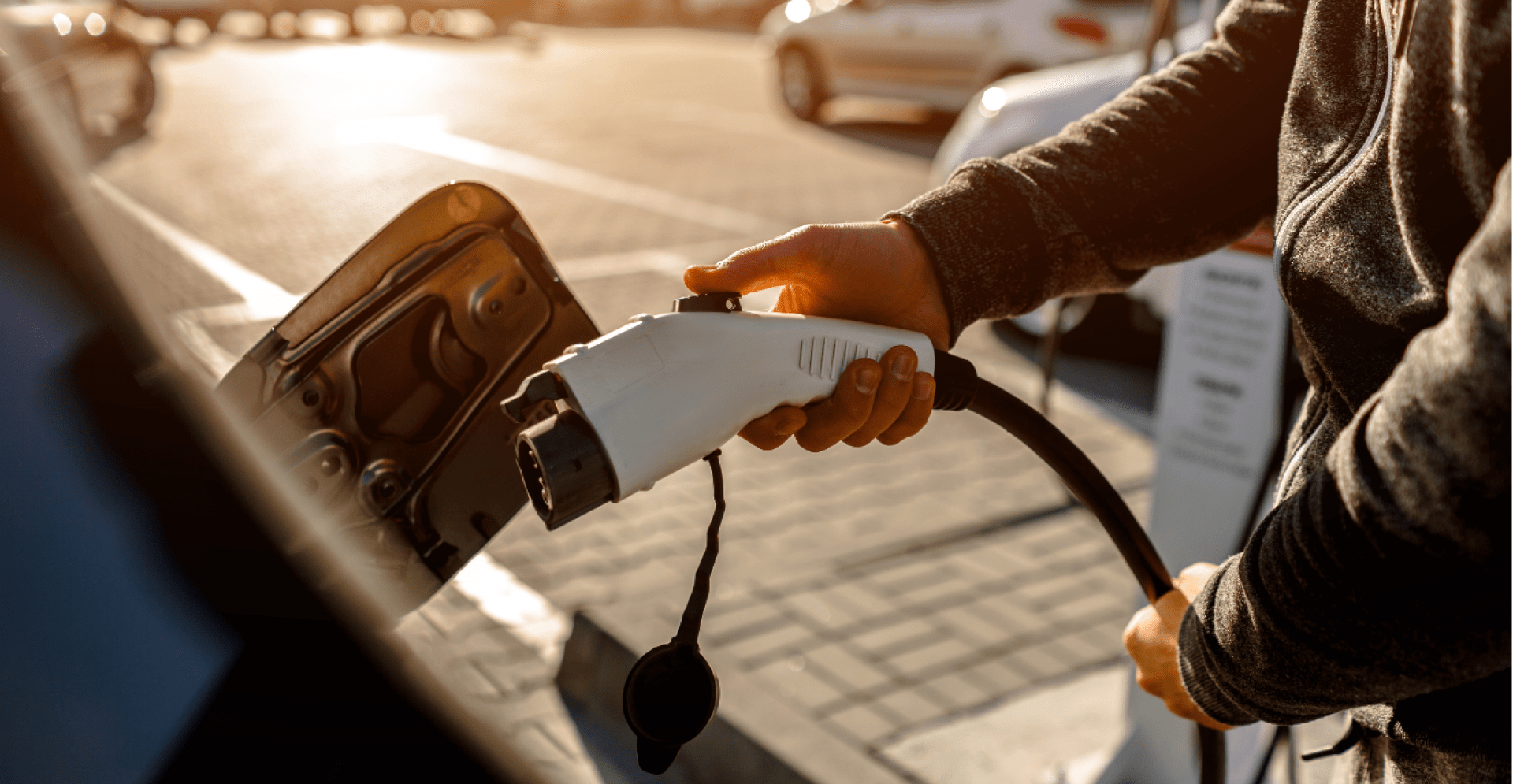As Governments and corporates
contemplate their path to net-zero carbon (NZC) they could do worse than take a close look at transport.
As one of the biggest contributors to carbon emissions - representing 17% of Australia’s total emissions as at May 2021 – transport also presents a key opportunity to make inroads towards NZC. In that discussion electric vehicles (EVs) should figure prominently.

True, as long as our grid draws on mainly fossil fuels, the charging of EVs could contribute to incremental emissions, offsetting gains from reduced exhaust emissions. But more than 21% of electricity is sourced from renewables currently and most states have incentives in place to get that to 50% by 2030. It will soon be feasible to charge EVs using only clean energy. We need to be planning for that time, which means getting a long-term EV strategy in place now.
Unfortunately, Australia’s efforts in EV are floundering, to the point of international embarrassment. As the AFR highlighted this week, none of four major road projects underway - Singleton Bypass ($603m), Newcastle Inner City Bypass ($360m), Prospect Highway Upgrade ($120m) and the Coffs Harbour Bypass ($491m) - factor EV charging into their design.
The paralysis in EV policy is doubly baffling given that global oil majors themselves are pivoting in that direction. Shell is planning a rollout of 500,000 stations by 2025 and BP has announced plans to roll out a fleet of 70,000 EV charging stations worldwide by 2030.
This makes sense given the actions Governments are taking to phase out petrol and diesel vehicles. The UK for one has mandated an end to petrol cars by 2035. Many European countries will ban them by 2040. Bloomberg New Energy Finance predicts that by 2040 annual EV sales will increase to 54 million from 1.7 million today, and the size of the global fleet to 116 million, up from 8.5 million.
Improvements in battery range and charging technology, smart home-charging and ever-expanding diversity in the types of EV cars and light-duty vehicles available are all spurring consumer uptake overseas. For corporates with large fleets, lower operating and maintenance costs associated with EVs are the main draw.
Many Governments, like Norway, are accelerating demand by offering incentives for purchasing EVs. In the US the Biden Administration will be investing in rolling out 500,000 EV charging stations nationwide as part of post-COVID stimulus infrastructure spending.
Sadly, not here. Federal and state Governments have declined to incentivise the purchase of EVs. Perversely, the Victorian Government has even introduced road usage charges on EVs to offset the loss of fuel excise. The New South Wales Government is making encouraging noises but yet to commit to an EV incentive strategy.
In the absence of a Federal Government lead, many local governments and corporates are taking it upon themselves to electrify their fleet. This could be daunting, but fortunately there is a well-trodden international path to follow.

Having advised a diverse range of Government and semi-government clients transitioning their fleets to EV, Arcadis has identified five key prerequisites to a successful EV fleet transition:
- Engage with your network provider early to discuss grid capacity. Sharing your projection on power load growth allows for synchronized grid-side upgrades to ensure your power requirements can be met.
- Select the right vehicle and battery size for your operating needs. Take into account daily range requirements, fluctuations in mileage, availability of charging stations en route.
- Do a full planning study on your entire fleet. Evaluate current operations to quantify your requirements and assess what operational changes are needed to accommodate charging.
- Consider a phased fleet conversion, starting with vehicles that will cause the least disruption to operations. Many fleet owners in North America have started fleet conversions with operational testing at low levels of implementation.
- Introduce a focus on effective energy management to keep utility cost down. Charge-monitoring software can help keep all vehicles charged while managing electric loads and avoiding on-peak charges.
The tipping point at which EVs supplant their petrol and diesel counterparts as the default vehicle of choice for consumers and fleets globally is fast approaching. One hopes that policy in Australia has caught up with this reality by then. In the meantime, there is little to be lost by getting ahead of the curve and planning the transition to an EV fleet now.




